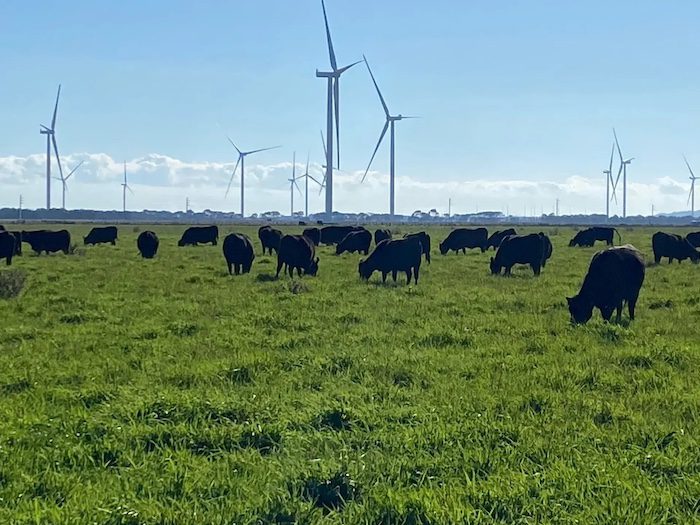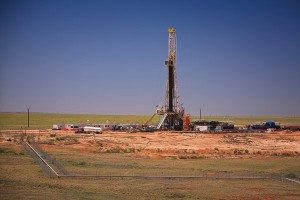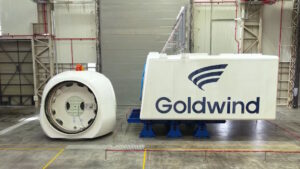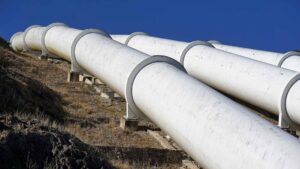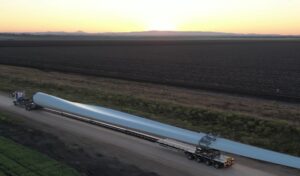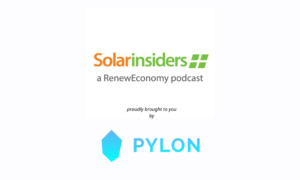A Victorian farm hosting slightly more than a third of the wind turbines that make up the Mortlake South wind farm is up for sale – and the turbines are a key selling point.
The Winnidad Aggregation includes eight blocks of about 2000 hectares of “prime” agricultural land, which host 13 Nordex 4.5 megawatt (MW) turbines, each delivering a commercially secret sum of annual rent.
Selling agent Col Medway says the premium placed on wind turbines rents has ticked upwards since interest rates began rising.
Before rates began rising in 2022, Medway handled some land deals which saw rents valued at a premium of 6-6.5 per cent.
Today, it’s more like 8 per cent.
Selling a piece of land hosting turbines is “pretty straightforward”, Medway says.
“The turbines are in existence and the landholder gets a rent. It’s a normal tenant landlord arrangement. The footprint of the wind towers is not very large and it really doesn’t have any impact on the productive agricultural capacity of the farm,” he told Renew Economy.
Farmers aware of renewable income possibilities
Despite what Barnaby Joyce might shout at anti-renewables rallies, there is no lack of farmers who are openly in favour of hosting renewables on their properties, be it wind, agrisolar (solar and stock, usually sheep), or transmission lines.
Earlier this year Goulburn sheep farmer Charlie Prell told Renew Economy that wind turbines saved his business during drought.
“Our family farm wasn’t financially sustainable during the drought until we hosted wind turbines. Now the farm has substantial, bankable income locked in every year whether it rains or not. And now we’re selling, the real estate agent says the secure income from renewable energy is driving my sale price up by hundreds of thousands of dollars,” he says.
And in response to fears that renewables are destroying prime agricultural land, energy project broker Daniel Moroko told AAP earlier this year that solar in particular can’t deliver the same returns as grazing, if that land is actually high quality.
“In my experience, and I’ve done 30-plus deals, is that if it’s really good grazing land, it’s a ‘no’, because the money they get from grazing will be on a par if not higher than what they get for a solar farm,” he says.
“If you’ve got excess land or back paddocks you don’t use, you can get lease terms with a solar farm generating income every month for 20 or 30 years.”
Mortlake South finally operational after rough ride
The $280 million, 157.5 MW Mortlake South wind farm was operational from July this year.
Construction was not entirely smooth sailing for Acciona, the owner of the 35 turbine wind farm.
In January this year, Acciona had to pull down seven turbines months after it was commissioned to replace faulty bearings in the nacelle.
Delays caused by the COVDI19 pandemic and in obtaining a grid connection also slowed the project down.
Mortlake South won planning approval in 2017 and was one of six winners of the Victorian government’s renewable energy auction in September of 2018.
Construction began in 2019 and the first turbine – at the time the second largest to be erected in Australia at 4.5 MW – was installed in 2020.
The wind farm was supposed to be finished by 2021, but it faced long delays in being connected to the grid because of a lack of transmission capacity in that area.

